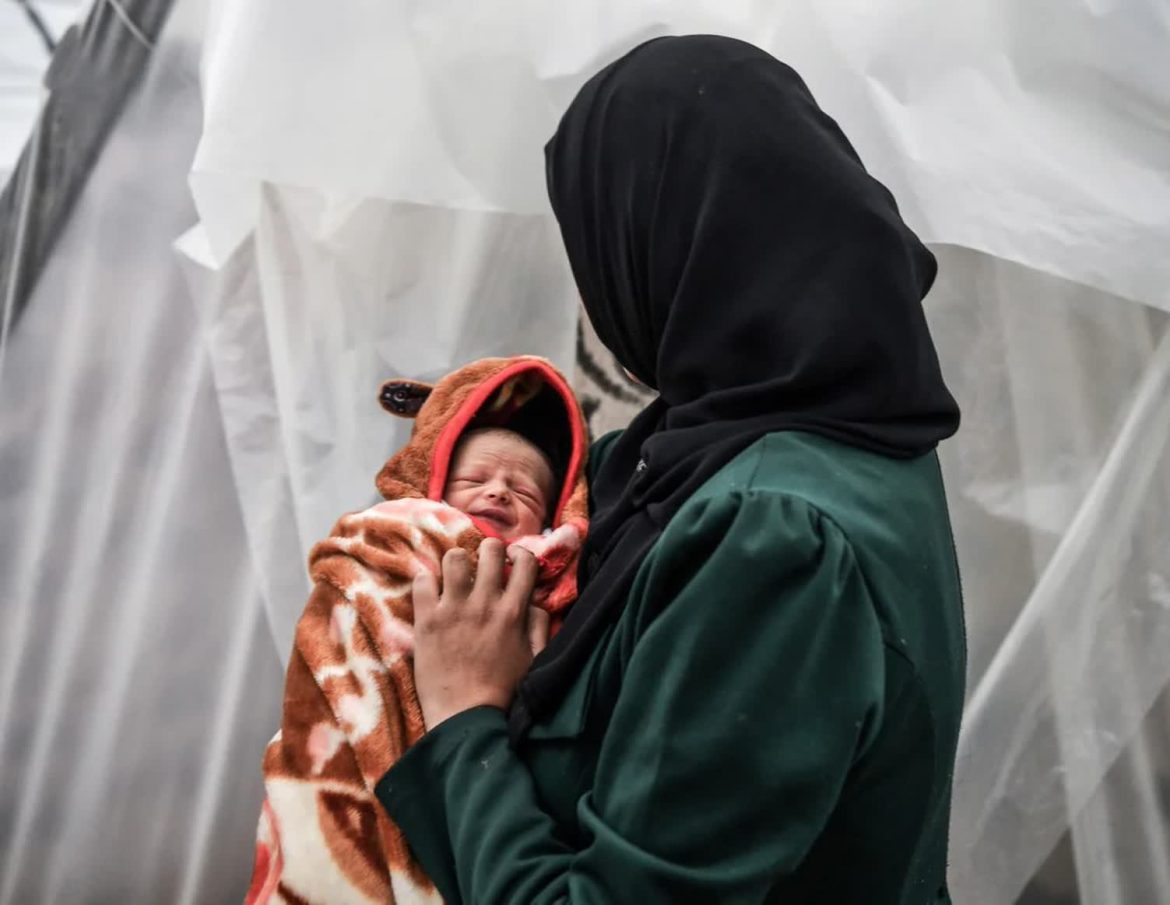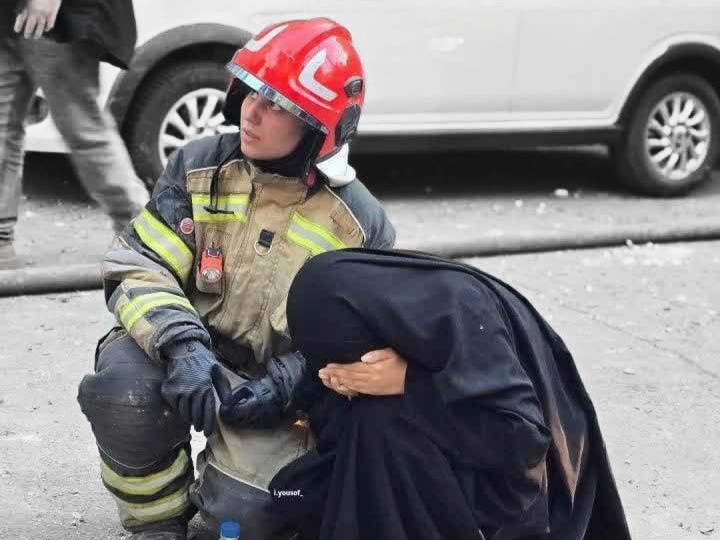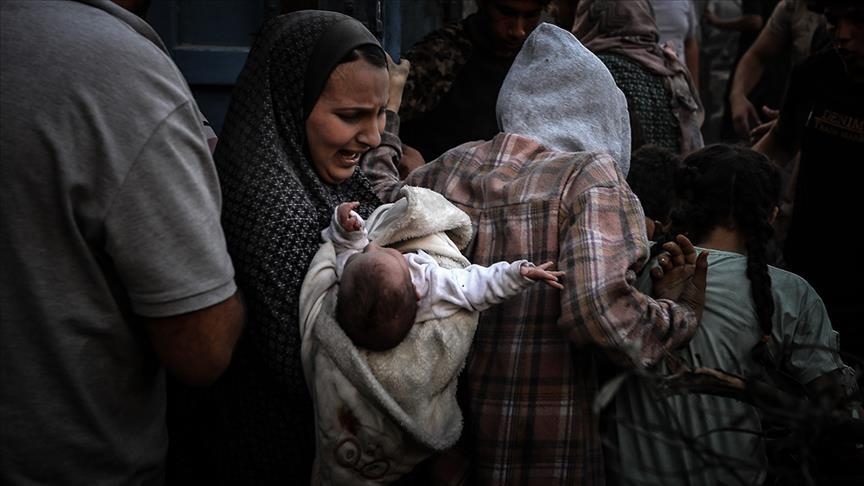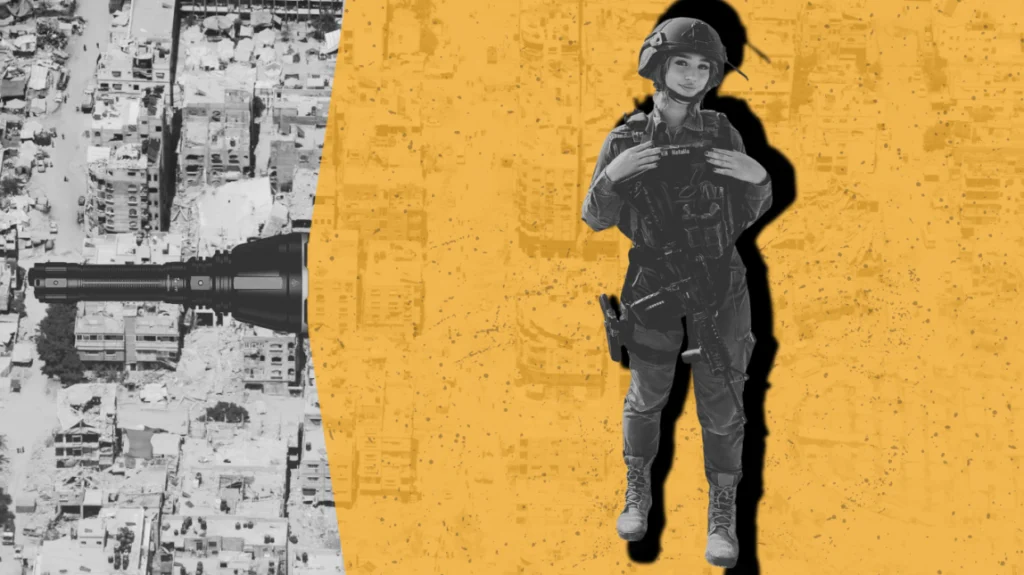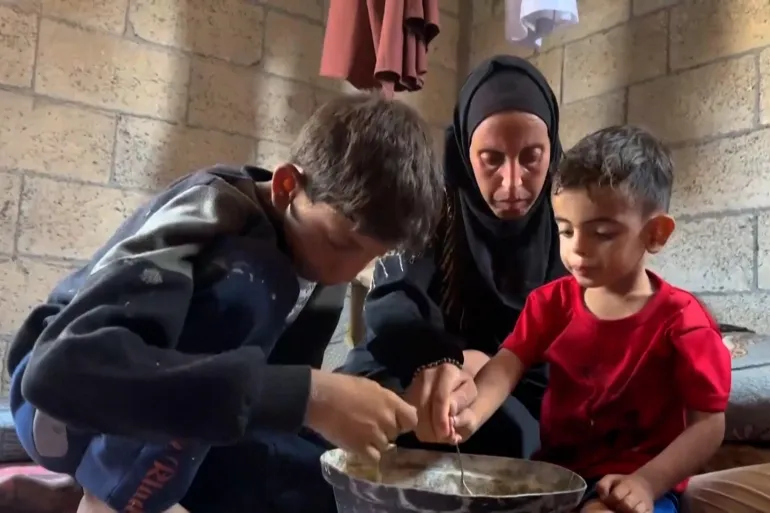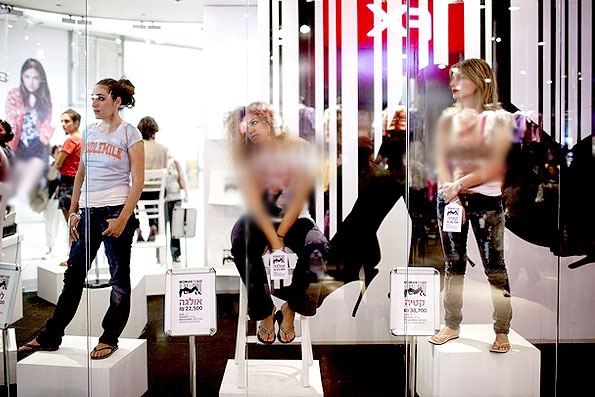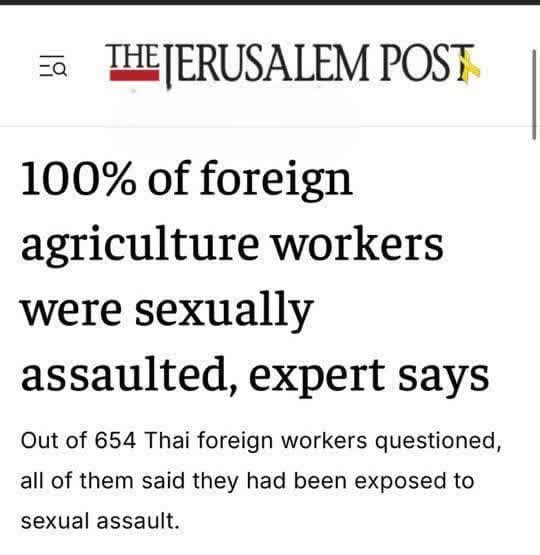In the war-torn Gaza Strip, midwives face unimaginable challenges. With hospitals bombed, medical supplies depleted, and emergency services blocked, many women give birth under dire conditions—sometimes with nothing more than a heated blade or a scrap of tissue. In some cases, these midwives put their own lives and those of the mothers at stake.
One midwife, Yasmeen Ahmed, who worked in the C-section ward of Al-Shifa Hospital in Gaza, described a harrowing night: “I felt I could die along with my baby. The pains came at midnight, and no one was there to help. My children cried in fear. I laid a carpet on the floor, and without any painkillers, I delivered my child. I cut the umbilical cord, dressed him, and began breastfeeding right away.”
The Calamity Behind the Numbers
According to UNFPA, there are about 55,000 pregnant women trapped in Gaza, and some 13,000 births occur each month—many high-risk. Health reports warn that the collapse of maternal care could trigger surges in maternal and neonatal mortality, miscarriages linked to stress, and premature deliveries.
Hospitals like Al-Shifa have had to shut down or transfer their maternity wards due to bombardments and shortages.
A Knife Sear and a Paper Bandage
Midwife Sahar Adel Aqil recounts how she once delivered a friend’s baby in the seventh month of pregnancy while under fire. “We were besieged and lacked any tools. I heated a knife over fire to sterilize it, cut the umbilical cord, and used tissue paper as a bandage.”
These midwives often attend newborns born to wounded mothers, amputees, or casualties of war—sometimes stitching wounds or performing emergency surgeries based solely on scant training and improvisation.
Midwives Under Fire
The Ministry of Health in Palestine has emphasized that midwives are themselves targets. With shortages of anesthesia, antibiotics, blood supplies, neonatal incubators, and ventilators reaching collapse levels, the health system teeters on the brink.
Warnings from the World Health Organization stress that without intervention, maternal and neonatal deaths will soar.
Beyond Survival: The Human Toll
Yasmeen and Sahar’s stories reflect the struggle for dignity and life. Yasmeen once delivered her baby alone during a blackout, after Al-Shifa’s maternity services were moved to Al-Helou Hospital. Sahar has treated victims of violence, stitched wounds, and comforted grieving mothers—all amid bombs and uncertainty.
These testimonies offer a vivid window into the brave but heart-wrenching role of midwives in Gaza, women who, in the firestorm of conflict, stand between life and death for mothers and infants.
From: radionisaa


